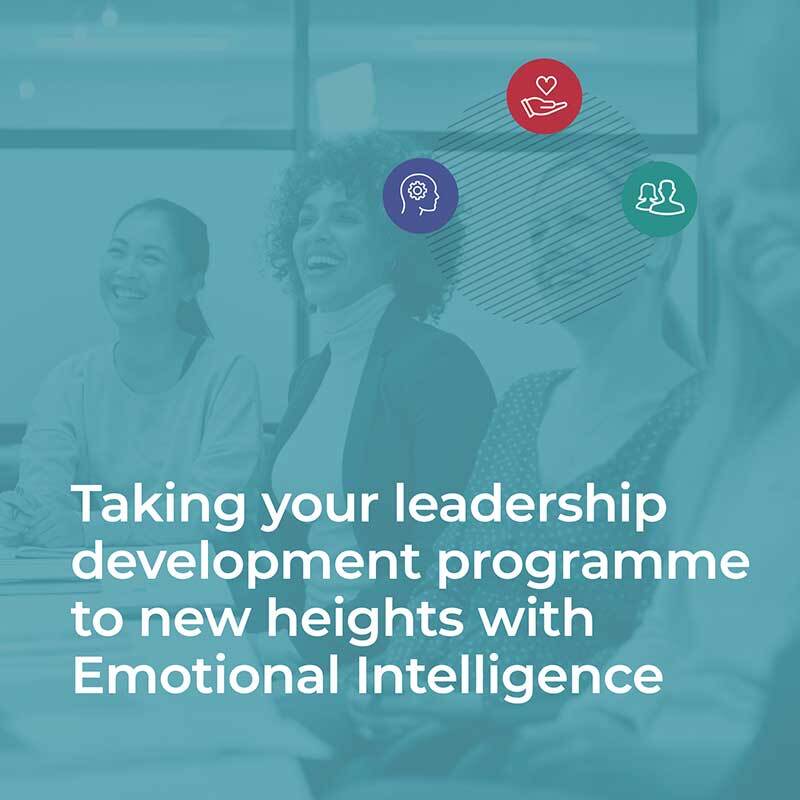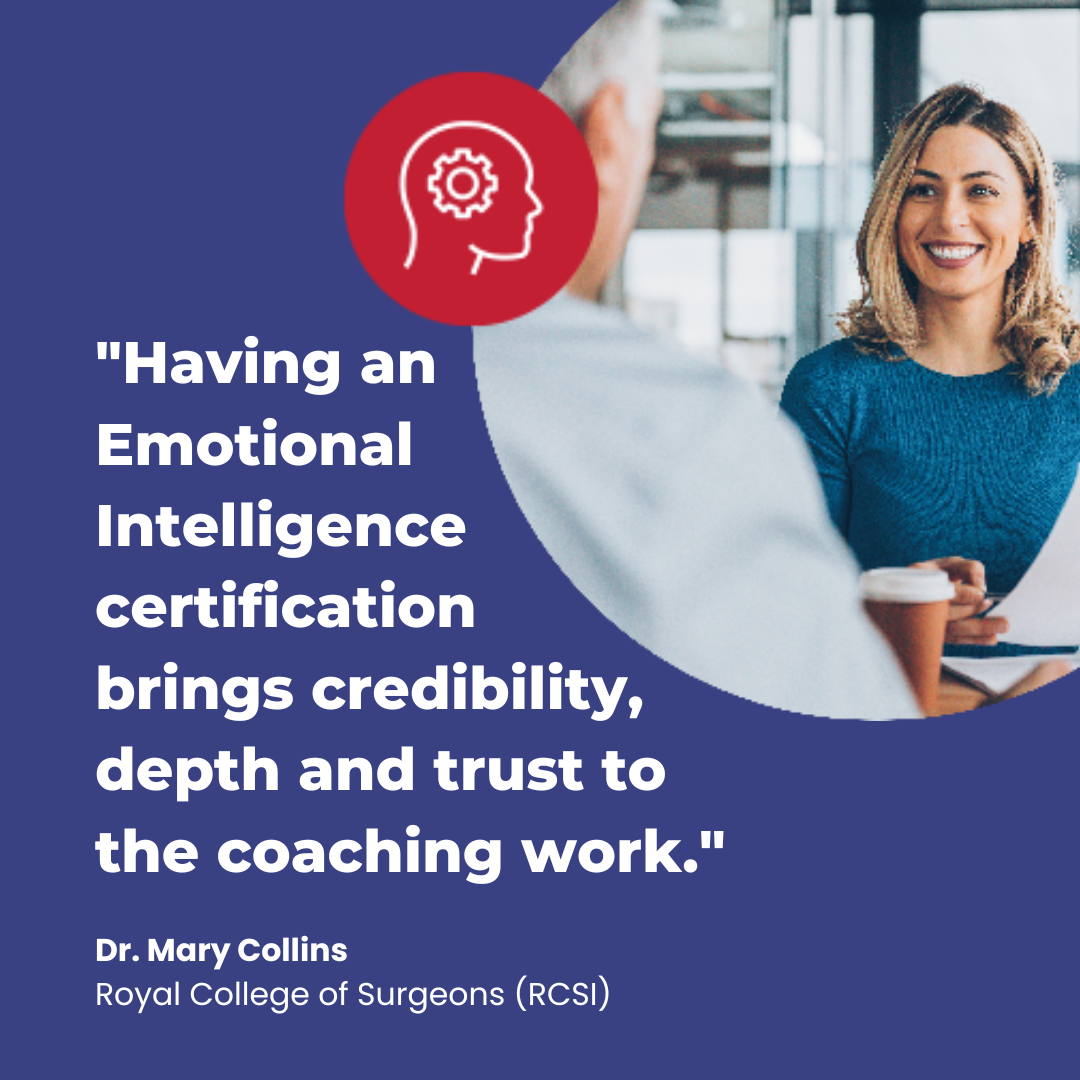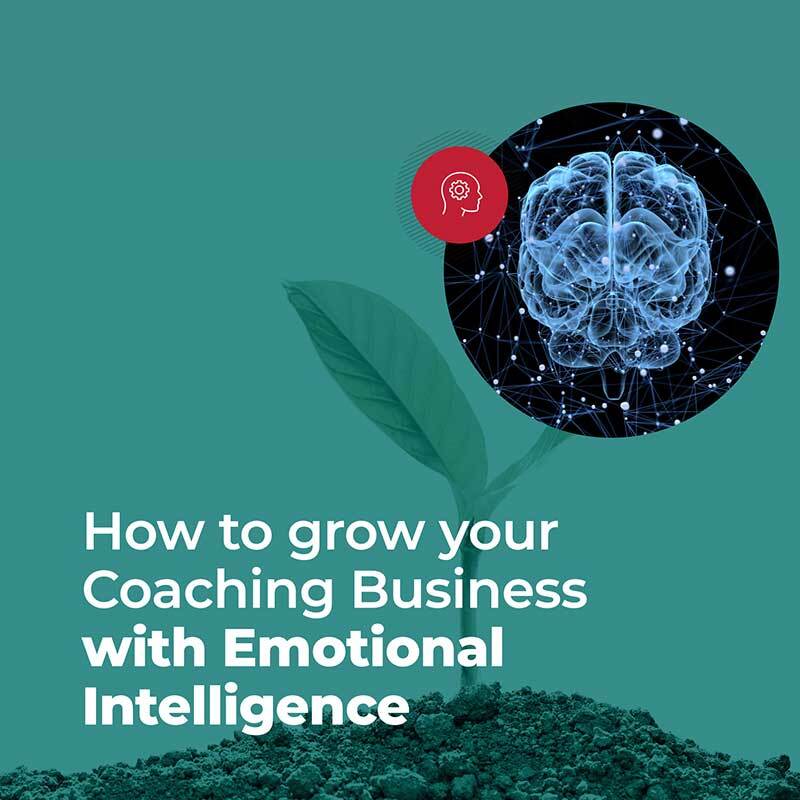
Feb 03 2018 | Tags: Mindfulness, Emotional Intelligence Training
3 Essential Meditation Tips
It hard to pick up a newspaper or magazine without being lectured to about the benefits of mindfulness. Although, interestingly, we don’t hear that much about meditation. Maybe that’s because people have long associated meditation with religious ideas whereas mindfulness feels more secular, more neutral. In fact, meditation can best be thought of as mind training and it is certainly the training ground for cultivating greater mindfulness. So here are three essential insights for how to take your mind to the gym and build the core strength needed to practice mindfulness.
The Motive
The first decision you’ll need to make to begin practising meditation and cultivating mindfulness is to be clear about your motivation. What would you like to achieve by your practice? Without setting lofty or even noble goals initially, it’s simply important to be honest with yourself. Perhaps your motive is as general as to improve your life through increased concentration, or to calm yourself to deal with a difficult relationship, or maybe you want to reduce your susceptibility to stress and increase your resilience at work.
At some point in your development, you’ll discover that your practice of mindfulness moves you beyond a focus on yourself to a broader focus on how your practice can be of value to others. I explore this in more detail in The Mindfulness Book, but for now, let’s get straight into the practice.
Meditation in Three Easy Steps
Find a quiet, private place where you won’t be disturbed for a few minutes, and decide how much time you will spend meditating. I’d recommend allowing at least three to six minutes to complete the three-step practice described here.
The instructions for basic meditation are really incredibly simple and to help you remember this basic practice, I’ve broken it down into just three steps.
Tip 1. Relax the Body
Begin by relaxing your body. It’s preferable to practise meditation sitting on a chair or cushion, but you can lie on your back if you prefer. Whatever position you chose, make sure that your back is straight and your shoulders are relaxed. Your head should be resting comfortably, with your head tilted slightly forward. This takes the pressure off your neck if you’re sitting upright. You can close your eyes or leave them partially open, as you wish, but remember to relax and soften the muscles of your face. Allow your hands to rest comfortably in your lap or beside you if you’re lying down.
Although many people find mindfulness training a very pleasant and relaxing experience, it’s important to realise that, in and of itself, relaxation is actually not the goal or the end game of meditation practice. Establishing a relaxed body is simply a doorway to developing a quite and calm mind. Once the body is relaxed, the mind can calm down. Relaxing the body, then, becomes a powerful tool for the cultivation of mindfulness.
Now simply bring your awareness to the physical sensations throughout your body. Notice the sensations in your shoulders and neck, or back, and continue to scan your entire body. Wherever you find tightness or tension, simply relax and allow your body to settle into a posture of ease and comfort.
Tip 2. Stabilise the Breathing
Some people find it helpful at this point to take three long, slow, deep breaths, remembering not only to relax deeply with each out breath but also to let go of any distracting thoughts or feelings.
Next, become aware of your breathing. And at least initially, without trying to influence your breath in any way at all, simply observe the in and out flow of the breath for a few seconds, wherever you experience it in the body. Pay particular attention to the physical sensations that you experience as your abdomen expands and contracts.
After a minute or so, notice how your breathing has become slower and perhaps longer and deeper. I’ll explain more about the process of why this occurs in the next chapter. But for now, the most important focus here is simply to observe the breath as if flows automatically.
Notice the entire course of each in and out breath, keeping as physically still as you can while allowing your respiration to flow effortlessly as if you were fast asleep.
Tip 3. Focus the Mind
Now pay particular attention to the breath as you experience it around your abdomen. Notice the sensation of the breath as the abdomen expands and contracts. Perhaps you notice a slight stretching sensation as the air expands your abdomen. Pay close attention to these sensations.
If, after a while, you notice that your mind has wandered and started to think, this is normal. In general, almost everyone experiences mental chatter the first time they practise silent meditation – it’s noisy in there. This is called excitement or, more traditionally, gross agitation and it happens to everybody. When it does, and as soon as you realise your mind has wandered, let your first thought be simply to relax. Let go of the thought or image and gently return your attention to the sensation of the breath around your abdomen.
On the other hand, for some people, particularly some corporate people I work with, they are often so tired that instead of being distracted by excitement or gross agitation, they lose concentration and experience drowsiness or “dullness” on the way to falling asleep. Once again, this is normal, particularly if you’re tired. As soon as you become aware of having lost clarity or sharpness of focus, lift your chest, inhale sharply and return your focus to the breath. This action stimulates the sympathetic nervous system, which heightens alertness.
Finish the session by taking three long, slow, deep breaths. Breathing through the nose, all the way down deeply into the abdomen, filling the belly and allowing the chest to expand. Then breath out again, effortlessly releasing the breath while being mindfully attentive to the sensations throughout the body.
Now allow your eyes to open and become fully aware of your surroundings, and notice how you feel.
Summing Up
Everyone’s experience of this initial practice is quite different. Some people find it very relaxing and recognise immediately the calming effects. Others find it very difficult to calm the mind and find themselves easily distracted or agitated, and some become instantly sleepy. Whatever your experience, the key here is practise. Decide not to “beat up” on yourself because you’ve tried a few times and still experience gross agitation. With regular short practice sessions, in which you focus on the element of relaxation, if nothing else you will experience increasing calm and your mind will learn to settle. If you’re getting drowsy quickly, try changing the time of day when you practise. Many people find their minds fresher and less distracted just after waking up in the mornings.
If you’d like to follow these steps through a guided meditation, you may like to go the website, www.themindfulnessbook.co.uk and download the “Mindfulness of Breathing – Short Practice” MP3 and follow the guided version.






%20(1).jpg)

.jpg)